Septic-System Drainpipe Runs Through the Garage … Huh?
The shortest distance between the house foundation and the septic tank is through the garage foundation.
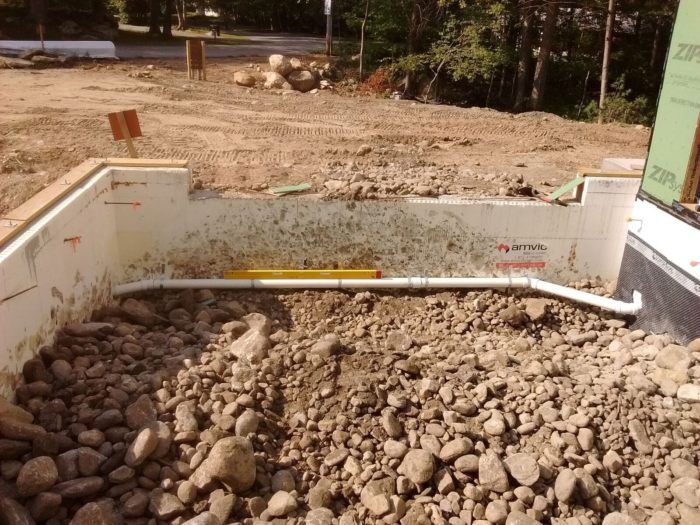
The septic-system drainpipe has to run through the garage foundation. The septic tank is on the opposite side of the garage from the main house, so there’s not really any alternative. In one way this is a good thing. Often the drainpipe is a penetration that is hard to seal from water leaks. Since the primary penetration is through the foundation wall shared by the garage and the house, it’s unlikely to ever see water.
This is one of those jobs that falls in the gray zone — is it plumber’s work or the septic-system installer’s work? Here the drainpipe outside the foundation is part of the septic-system installer’s job, but what happens in this case where the pipe is running through the garage? I’m not sure, and I’m not asking any questions that could raise a red flag. Instead I’m going to install the pipe, strap it to the foundation wall, make sure it’s sloped 1/4 in. per foot and take plenty of photos.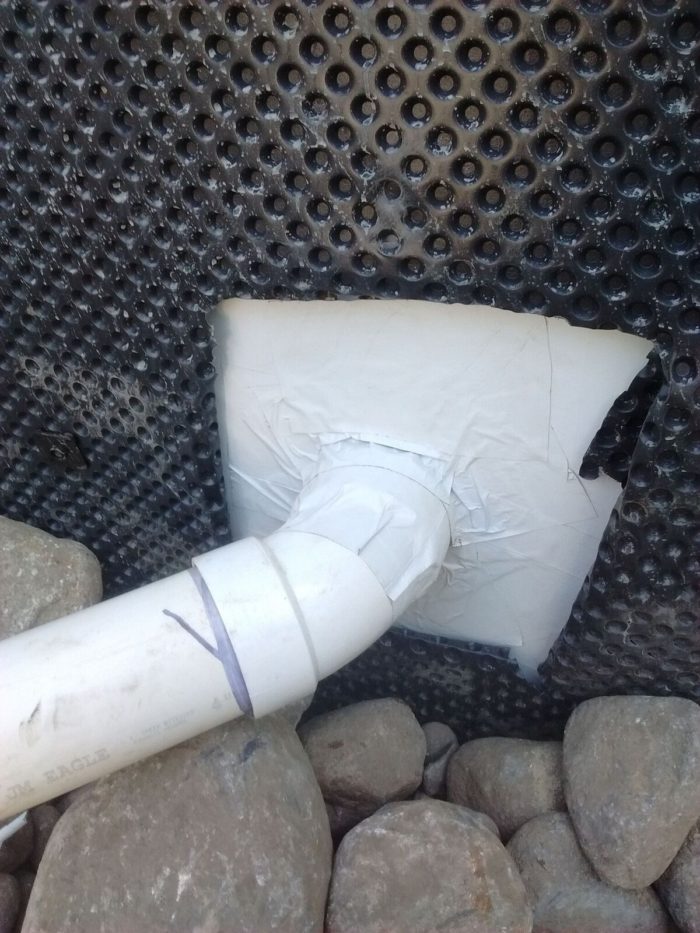
Even though I’m not too concerned about water leaks, I want to make certain there are no air leaks. So I used ProtectoWrap’s flashing tape to seal the drainpipe to the waterproofing membrane.





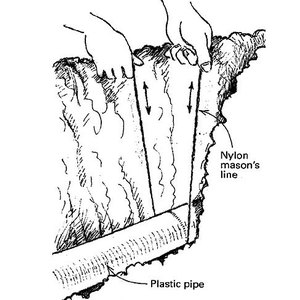





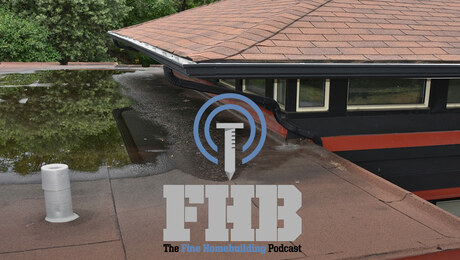


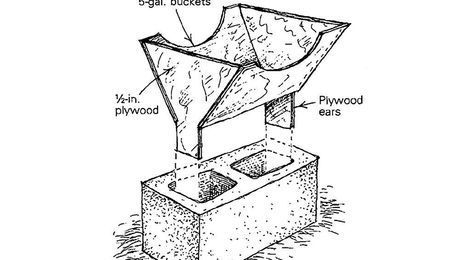
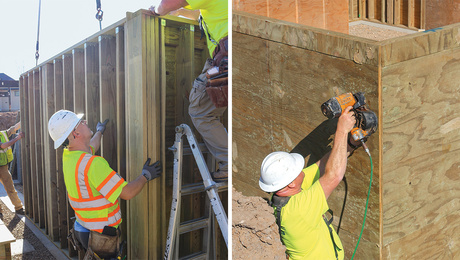










View Comments
As a professional engineer that has dealt with septic systems and sewers for over 40 years, I suggest you change the pipe run to be outside the building. Take it through the exterior wall from the crawl space to the exterior ground. If an inspector see's your installation it wont pass. I f learns of it after the garage floor and foundation have been poured it will be jack hammer time.
Running the pipe on the exterior will allow access if it ever needs to be exposed. Also remember to add clean outs and and bends. If the frost depth is below the exterior pipe's depth, add solid insulation board over the pipe (2-4" thick). The board's width should be twice the difference between the pipe depth and frost depth.